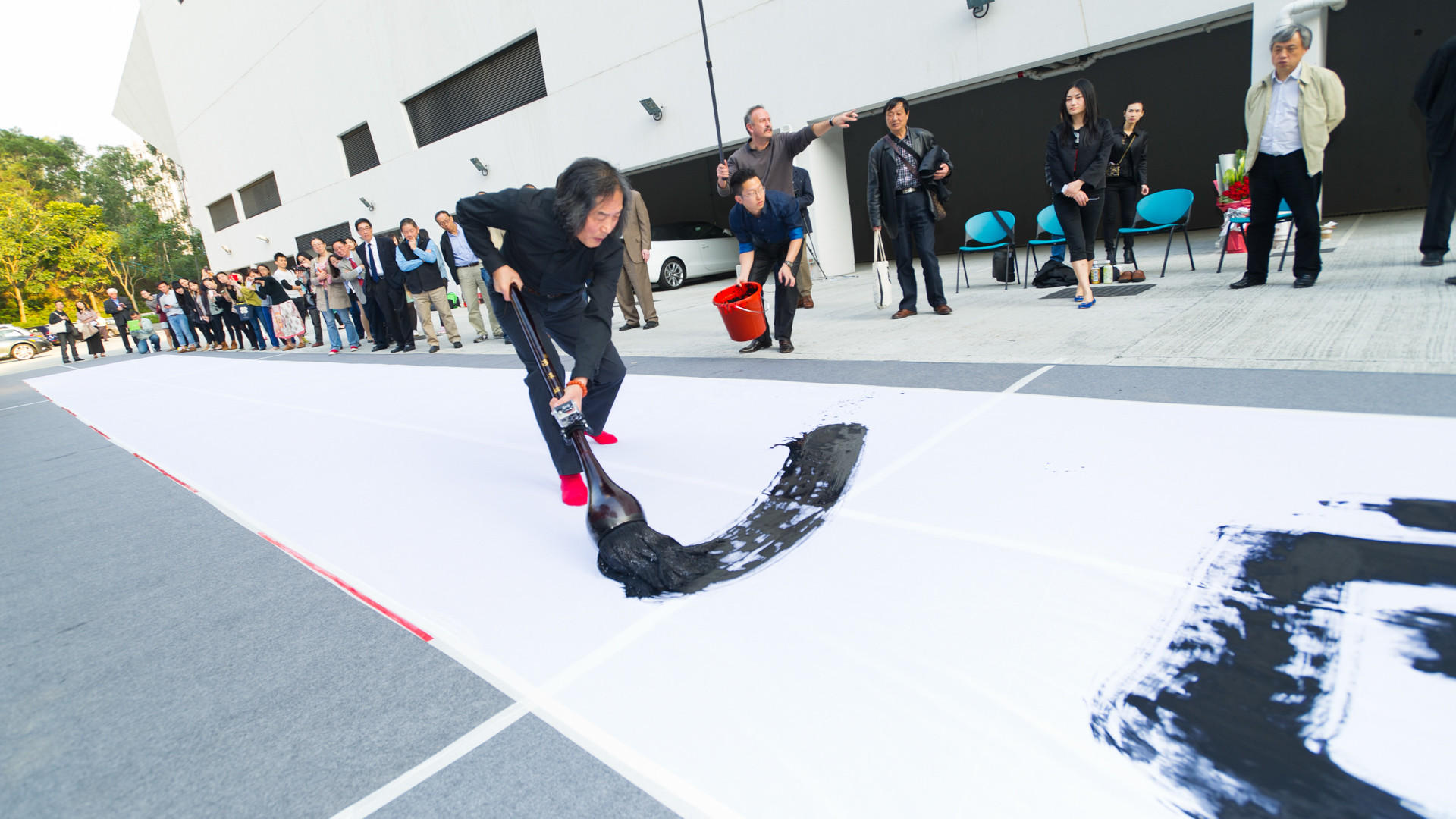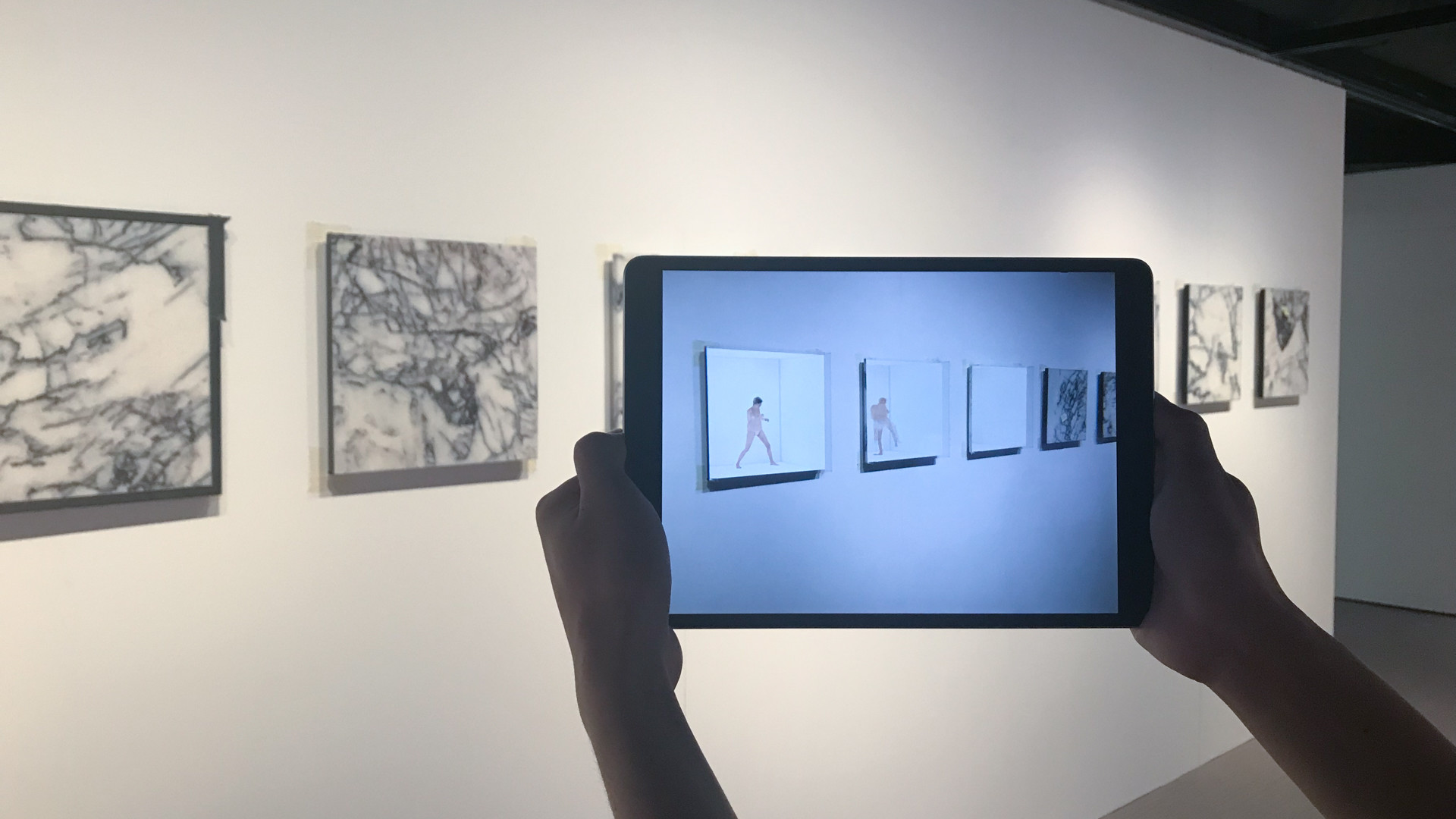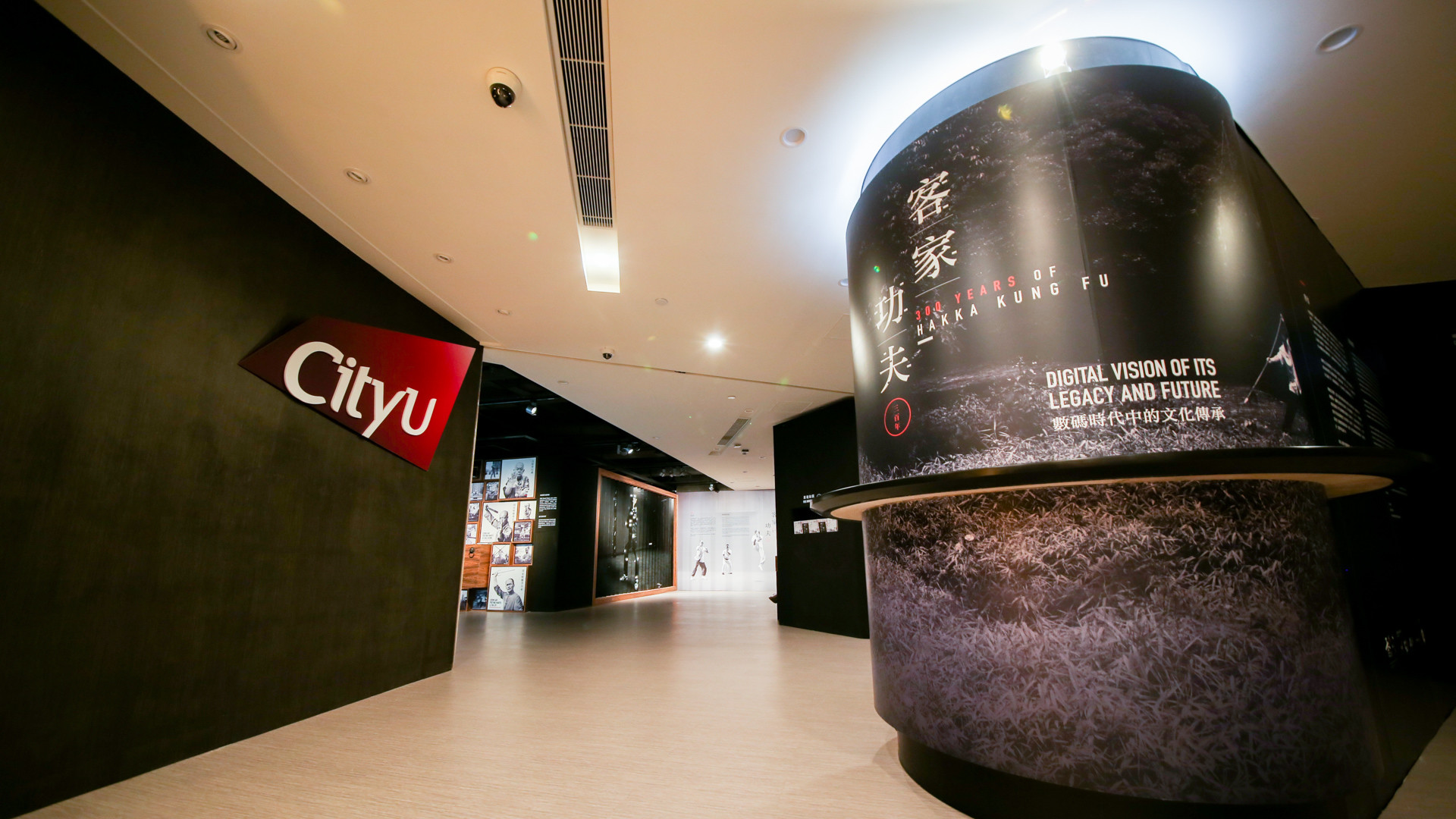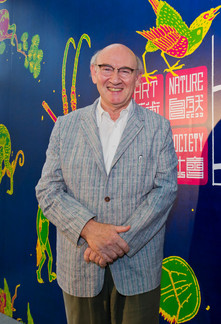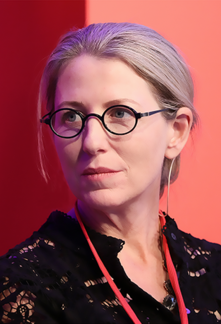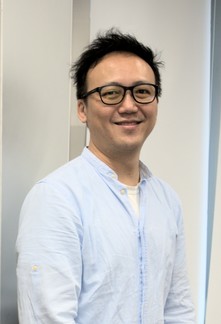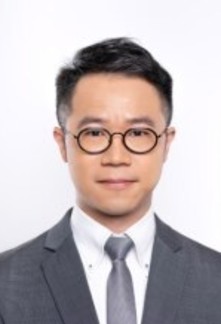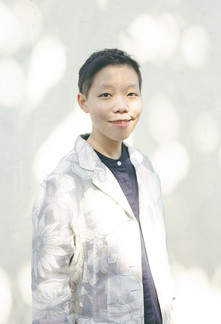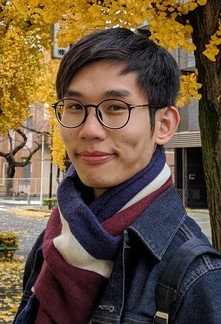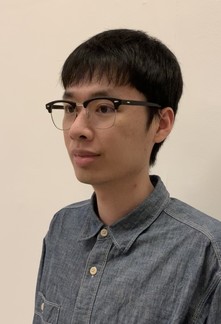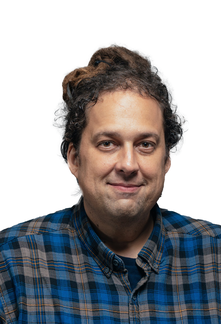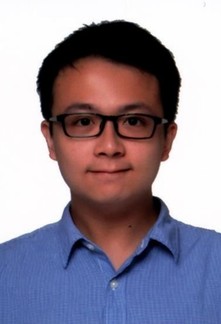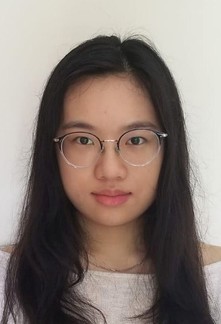ABOUT ACIM
Under the leadership of Richard Allen, the Centre for Applied Computing and Interactive Media is a research platform that promotes creative innovation at the intersection between computation, new media technologies, and new media art. ACIM seeks to establish new synergies, competencies, and technological applications in the field of art tech that contributes to the expansion of the domain of artistic and cultural practice in Hong Kong, and to build new knowledge domains and applications in creative technology that directly serve the social good.
ACIM supports interdisciplinary collaborations both within CityUHK, with other university partners such as HKBU and EPFL in Switzerland, and with cultural institutions such as the International Guoshu Foundation. ACIM also hosts major international colloquia and conferences, such as the ongoing Art Machines series on AI Art, as well as staging numerous art and cultural exhibitions including, most recently, Atlas of Maritime Buddhism, curated by Jeffrey Shaw.
ACIM is equipped with state-of-the-art facilities including a motion capture studio, a black box fabrication laboratory, and Gallery 360. The motion capture studio is equipped with 24 Motion Analysis Raptor-4 cameras, capturing real-time motion data within a 3.5m x 8m area. Gallery 360 features a cylindrical screen measuring 4 meters in height and 9.5 meters in diameter, driven by five Barco F80 Projectors and a supercomputer, enabling real-time interactive rendering at resolutions up to 12800x3200. Immersion is further heightened with integrated multiple tracking systems and human body recognition. Other advanced tracking systems like Eye tracking sensors and EEG sensors are in development.
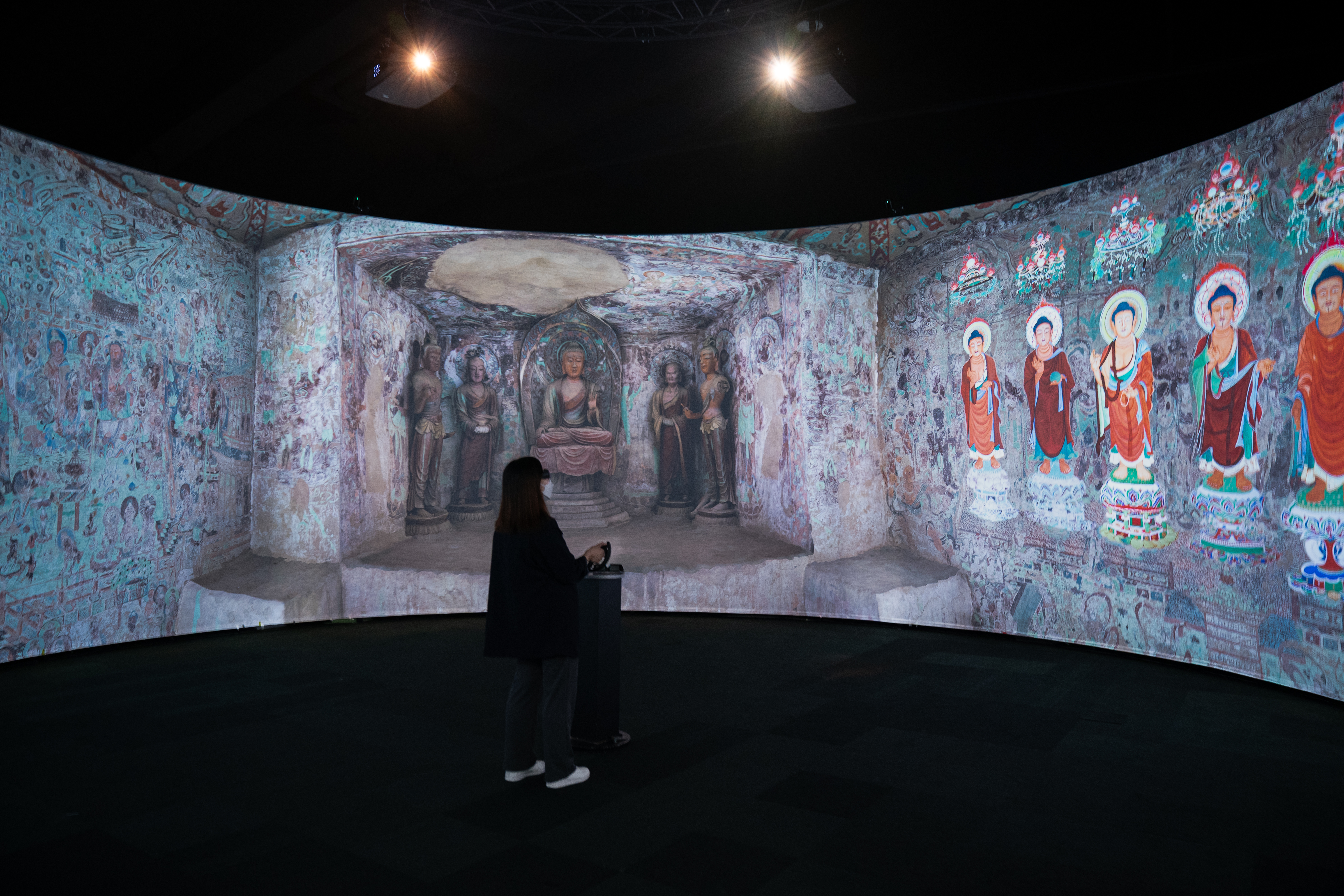
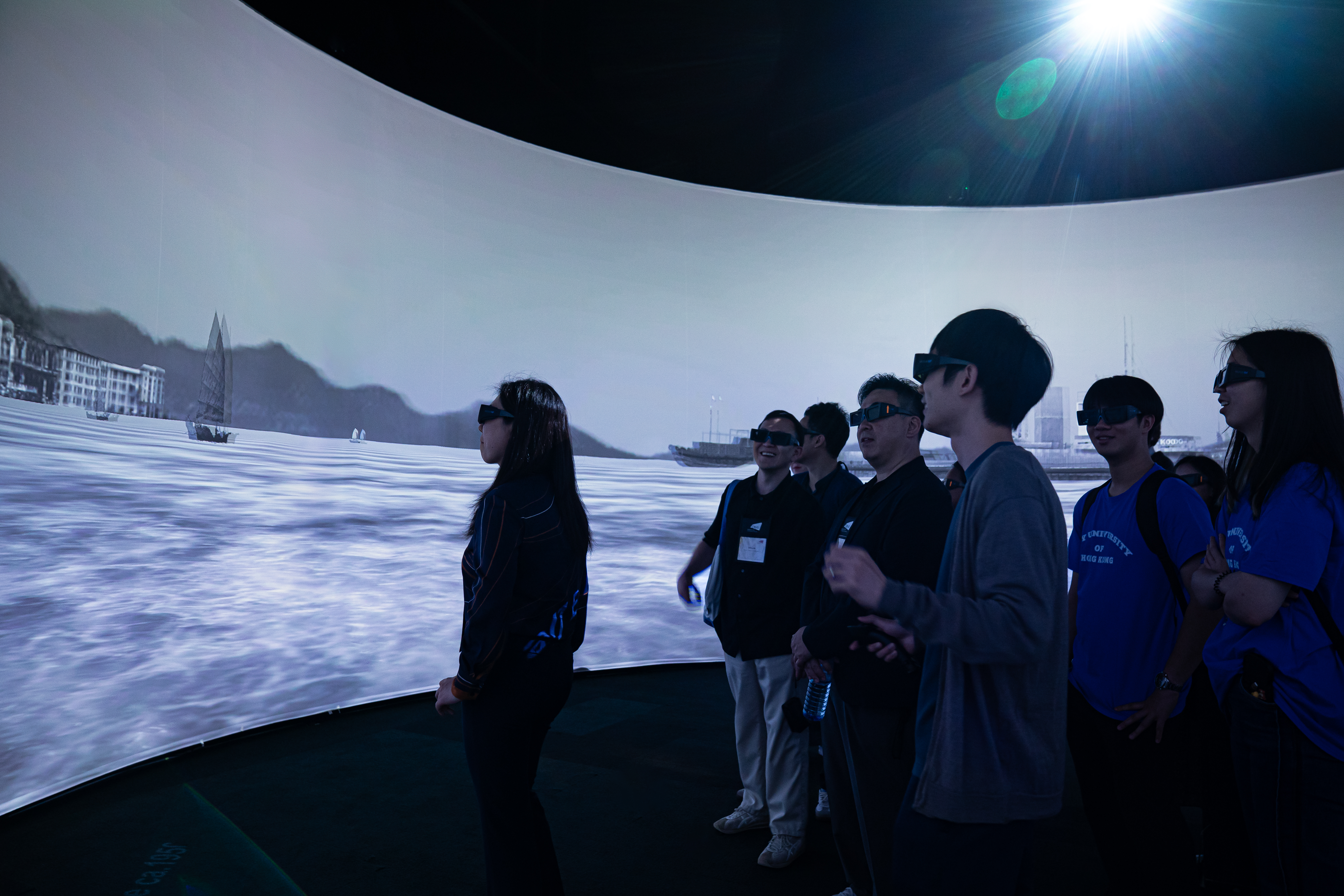
CURRENT PROJECTS
CITY IN TIME II
CITY IN TIME II is a collaboration between CityUHK and the Tourism Commission led by ACIM and Project Director, Richard Allen, and Artistic Director, Jeffrey Shaw. It provides a cutting edge immersive, augmented reality (AR) urban heritage experience, which builds upon the success of CITY IN TIME, launched in 2021. CITY IN TIME II adds a further 16 locations in Lei Yue Mun, Tai Hang, and Kowloon City to the 28 original cultural heritage-rich sites. Like its predecessor, CITY IN TIME II brings the history of old Hong Kong to life through a remarkable blend of art and technology, where users can immerse themselves in Hong Kong’s past from their mobile device.
CITY IN TIME II introduces a series of new features including 360-degree panoramic videos of intangible cultural heritage (ICH) events and the incorporation of movie clips and narratives at selected locations. Historical landscapes are enhanced with 3D animated elements, and a selfie feature allows users to record short videos with audio recordings and share their experiences. Oral histories of local inhabitants feature in intangible cultural heritage hot spots, such as Hakka culture, quarrying, and the seafood industry in Lei Yue Mun. Local artists contribute to the visual rendering of immersive landscapes, and a collaborative effort involving sound design, website development, 3D scanning, modeling, and panoramic photography brings CITY IN TIME II to life.
The project is managed at CityUHK by Alan Leung and Tsz Lam Yip.

The artwork in this location transports us to the 1960s and describes school life.
Future Cinema Systems: Next Generation Art Technologies
Future Cinema Systems: Next Generation Art Technologies is an unprecedented Hong Kong art tech initiative to build the next generation fully interactive and immerse cinematic architecture and applications. The project is a collaboration between project leader, Professor Jeffrey Shaw at Hong Kong Baptist University, Professor Richard Allen at ACIM, CityUHK and Professor Sarah Kenderdine at École Polytechnique Fédérale de Lausanne (EPFL) in Switzerland. It is funded by a grant from Innovation and Technology Commission of the HKSAR Government.
Future Cinema Systems consists of three technical architectures: 360, immersive interactive environments located at the collaborating institutions and linked together; a human-computer interaction engine, which will identify, correlate, and integrate a wide range of sensory cues from the participating spectators; and a co-evolutionary narrative engine, which organizes and orchestrates inputs to ensure seamless interaction over time. These architectures are supported by numerous artistic and cultural heritage applications developed by the collaborators.
Four CityUHK faculty are involved in this project—RAY LC (SCM), Miu Ling Lam (SCM), Hector Rodriguez (SCM), and Rosa Chan (EE)—together with ACIM programmers Leoson Cheong and Sky Suen.
Hong Kong Martial Arts Living Archive
Hong Kong Martial Arts Living Archive (HKMALA), initiated in 2012, is an on-going collaboration between the International Guoshu Association, led by Hing Chao; the Center of Applied Computing and Interactive Media, School of Creative Media at CityUHK, led by Richard Allen; the Visualization Research Center at Hong Kong Baptist University, led by Jeffrey Shaw; and the Laboratory for Experimental Museology (eM+) at the Digital Humanities Institute, EPFL, led by Professor Sarah Kenderdine.
HKMALA is a comprehensive project to archive, annotate, and present the living Hong Kong kung fu tradition using state-of-the-art motion capture and visualization. While Hong Kong is a centre for Southern Chinese kung fu and home of the most prominent martial artists in the world, this living tradition is threatened by social change and the aging of the kung fu masters. In the Hong Kong Martial Arts Living Archive, cultural historians, curators, artists, and computer scientists work together with kung fu communities to develop appropriate methods for sustaining and enlivening these cultural traditions in new media formats.
HKMALA has supported several public digital exhibitions in which ACIM has collaborated with the Guoshu Association and further major exhibitions and initiatives are planned for the future.


